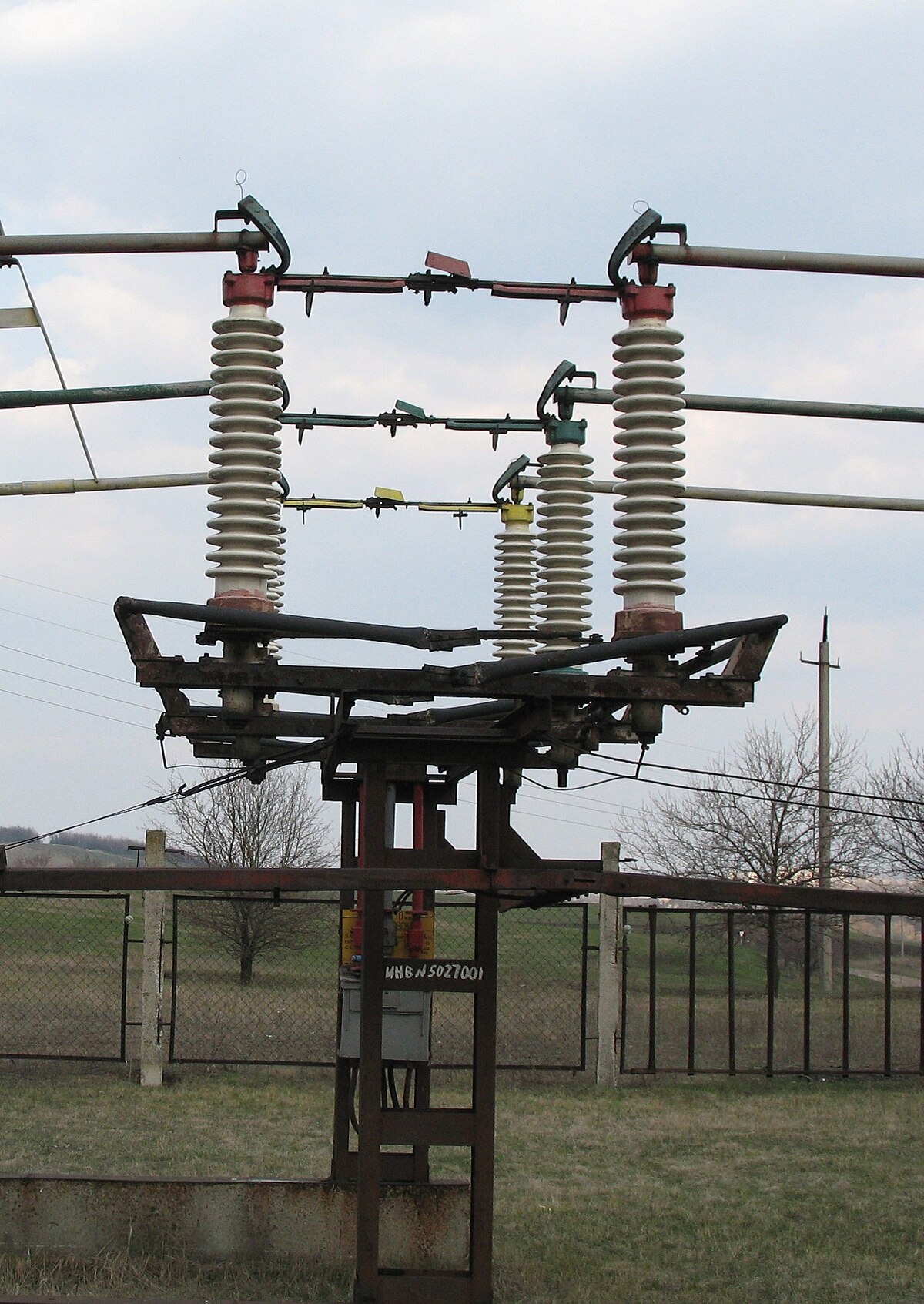Fair enough, but I'm still confused about the way in which this all started, when you wrote ...
Any 'internal 240V equipment' would have to be connected between neutral and one of the phases. If the neutral 'breaks early' then any such internal equipment would be 'disconnected from the supply', such that there would be no PD between the L and N feed to that equipment (other than due to stray capacitance etc.).
What am I missing?
Kind Regards, John
The thing about these sorts of units is they are made of parts: Enclosure with earth and neutral terminals, switch may be available in 2 or 3 pole (and possibly 4), add on switch modules.
If you look at the pic you'll see the terminals are numbered 1/L1, 3/L2, 5/L3 across the top, the bottom is 2/T1, 4/T2, 6/T3 but the 4th pole has no markings
The additional pole can be added to anything in the range and possibly several stacked to make 5, 6 poles etc.
When purchased as a 4 pole the 4th may be marked, typically with L4 & T4 or N. This one is clearer and shows both markings:
On larger units they often come as a kit of an actuator and any number of modules which may or may not be marked
Some of the companies I've worked for keep stocks of the parts and assemble as required.
Imagine the scenario of a 10KW load on ph1, 10W halogen bulb on ph2 and nothing on ph3 and the star point loses the neutral:
I won't bother doing the Ohms law calculations but I'm sure it becomes apparent quite quickly the pd across the bulb will be almost the ph to ph voltage, I'll go so far as predicting within 99.9%



